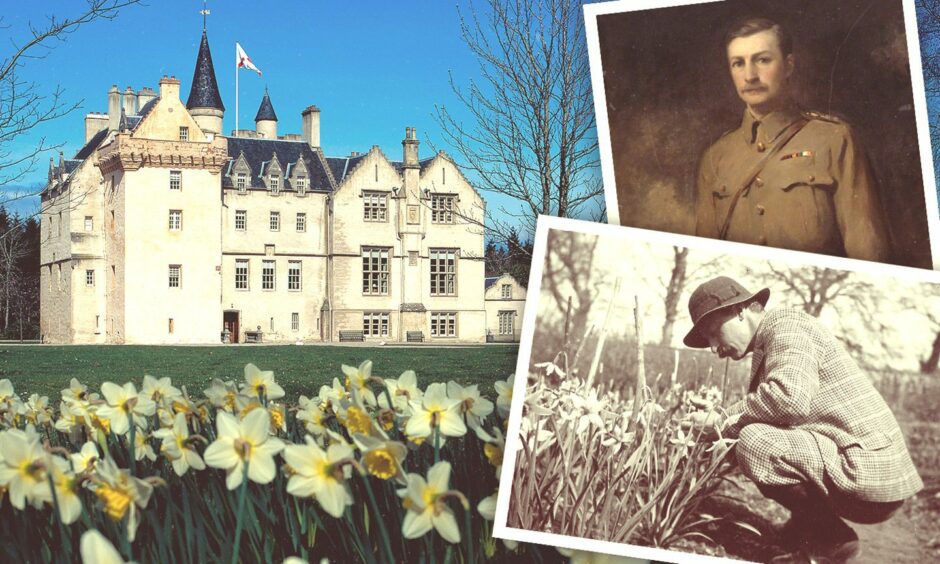
It’s hard to know why a successful soldier and Scottish chieftain with a castle and public service to worry about, should become obsessed with breeding daffodils for nearly a half century.
Thankfully Ian, 24th Laird of Brodie in Moray was that obsessive man, for the fruits of his labours are now nodding and dancing in a blaze of gold at his castle, and in National Trust for Scotland (NTS) gardens all over Scotland.
Ian Brodie of Brodie, born in 1868, followed the usual career of top-notch aristocracy, educated at Eton and Cambridge and then a career in the army.
He served in the Royal Scots Guards for three years, and then with the Lovat Scouts, distinguishing himself in both the Boer War and World War One before being retired out of service on health grounds.
Public service was also an important part of his life as a Laird.
Brodie was vice-convener of Nairnshire County Council for 28 years and Lord Lieutenant of the county up to 1934.
Brodie Castle daffodils
But in every spare moment, he was raising daffodil seedlings with single-minded focus.
His stud-books reveal a meticulous and patient mind, as he created new hybrids and constantly strived to improve them.
The early books note the varieties he crossed, very often with ‘nil’ results or only two seedlings created.
As time went on, the success rate improved with more cultivars meeting Brodie’s exacting standards.
He managed to breed a national collection of 426 new cultivars, of which 116 can be seen in today’s garden.
Brodie Castle is now owned by NTS.
Head gardener Ed Walling is guardian of the unique collection of daffs, and this means much more than just letting them do their own thing as most of us do in our own gardens.
They must be jealously protected against destructive narcissus fly, where by hungry larvae hollow out the bulbs which come up ‘blind’, with no flowers, the following year.
To avoid this, they need to be moved from time to time, and Ed and his team were busy last year creating new beds to display the collection, close to the propagating sheds where Ian Brodie carried out his meticulous breeding programme.
Now is the perfect time to see the core collection, regimented into rows complete with their names and parentage.
They’ll stay there for the next decade or so, carefully tended by Ed and his team to ensure no rogue specimens appear and the purity of the collection is conserved.
The beds have been framed with wires, ready to be planted later with espalier fruit trees, and once the daffodils are over, they’ll be planted with herbaceous plants and annuals.
Finding the mother bulb
In a twist of fate, most of Brodie’s cultivars came from just one bulb, from a cultivar appropriately named ‘Fortune’.
Without this unique mother bulb, the Brodie collection might have lacked the vigour and strength which are a feature of his cultivars.
One of his fellow daffodil enthusiasts, an English breeder named Walter Ware had spotted something unusual in his beds, a daffodil with an orange trumpet, a sturdy, early-flowering, vigorous specimen.
He named it Fortune, and it caused a sensation.
But disaster struck.
A nasty pest, eelworm, invaded Ware’s ground and decimated thousands of his existing daffodil collection.
Fearing the loss of his four Fortune bulbs, the entire stock, Ware dug them up and sent them out, including one to Ian Brodie.
The other three were lost, but Ian’s survived, and has become ‘mother’ to most of the Brodie hybrids.
The bulb lived up to its name and made him a small fortune- between 1923 and 1927, he sold 84 Fortune bulbs at £14 each, purchasing power around £2,000 today.
Naming the cultivars
Breeding hundreds of cultivars means inventing lots of names for them.
Many reflect Brodie’s wartime service, with names live White Nile, Basra and Gallipoli.
He drew from the local area, including Tain, Rosemarkie and Dallas, and named one of the Brodie daffs ‘Red Hackle’ after the clipped red plume in the Black Watch Glengarry bonnet.
Ian and his wife Violet were great music lovers, again reflected in the bulbs with names like Mozart and Musician.
Violet took on some of Ian’s work after his death in 1943, following up the remaining lines that he had put in place.
She died in 1972.
Ian and Violet experienced great tragedy with the loss of two of their sons, one in early youth and one in a car accident in 1937.
Perhaps the blazing daffodils were a comfort to them each spring.
Global legacy
After the 1950s the collection gradually lost its focus until efforts were made to gather in Brodie cultivars from all over the world and re-establish the lines.
A project to verify the parentage of some of the Brodie bulbs is underway in Dundee where students at the Botanic Gardens are examining their DNA to look for evidence of that original ‘Fortune’ mother bulb.
The determined, and by all accounts genial, green-fingered laird has left a global legacy in his daffodils, which can be found from New Zealand to North America.
Ed Walling has made sure Brodie bulbs are planted up all over the NTS estates in Scotland so that should a calamity befall the collection at Brodie, he can source replacement bulbs.
Play your part by planting Brodie bulbs
There are plans to sell Brodie bulbs to the public this autumn, so you too could play your part in protecting the national collection.
Brodie was modest about his achievements, preferring to beaver away in the potting shed while his ever-supportive wife Violet sat on Narcissus and Tulip Committees of the Royal Horticultural Society (RHS).
He made around 12,500 crosses between different daffodils in his day, with only a few hundred meeting his exacting standards.
His work is still held in the highest esteem, marked when the RHS conferred on him their highest award in 1942, the Victorian Medal of Honour.
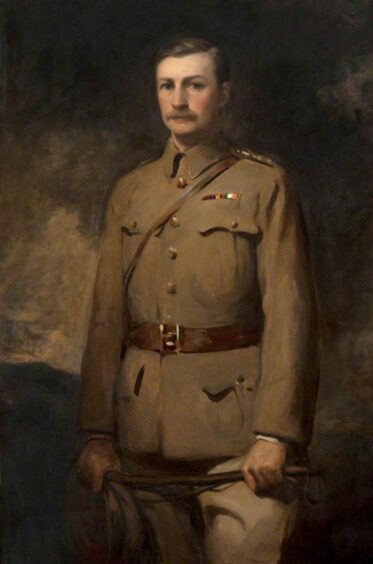


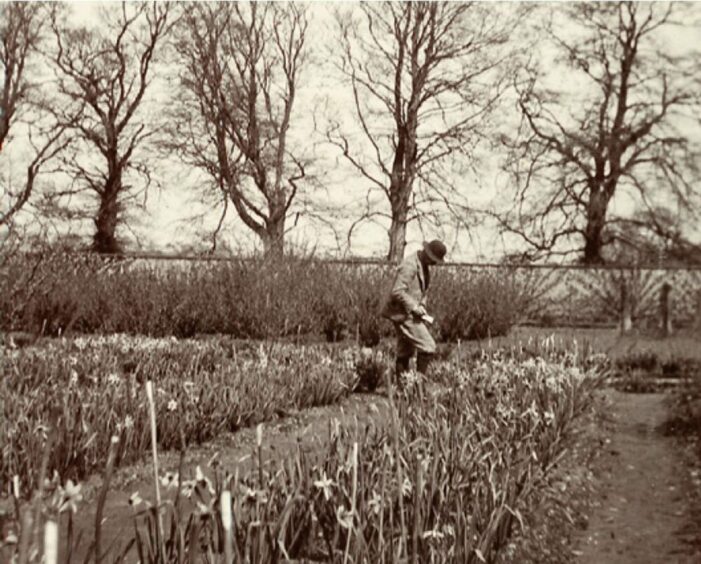
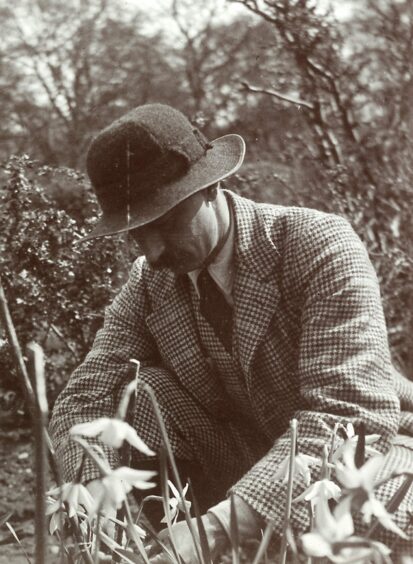

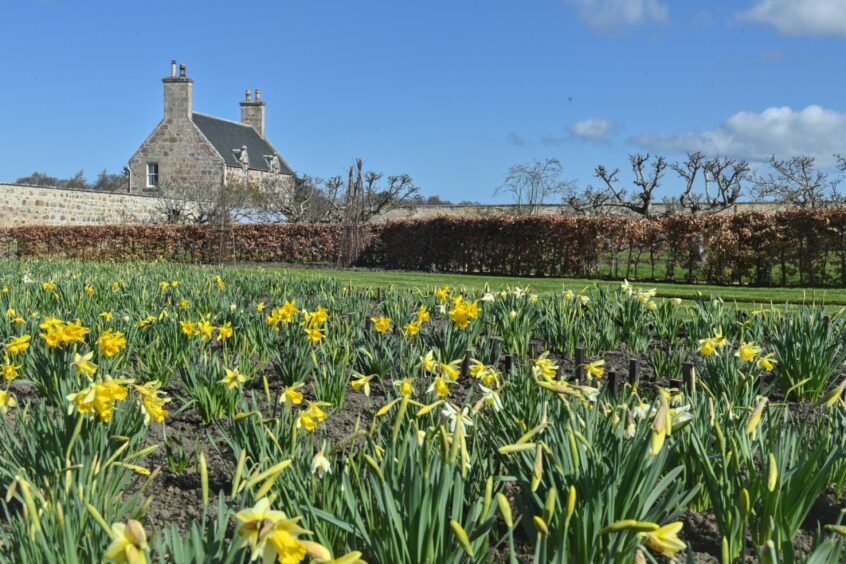
Conversation